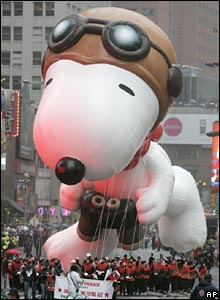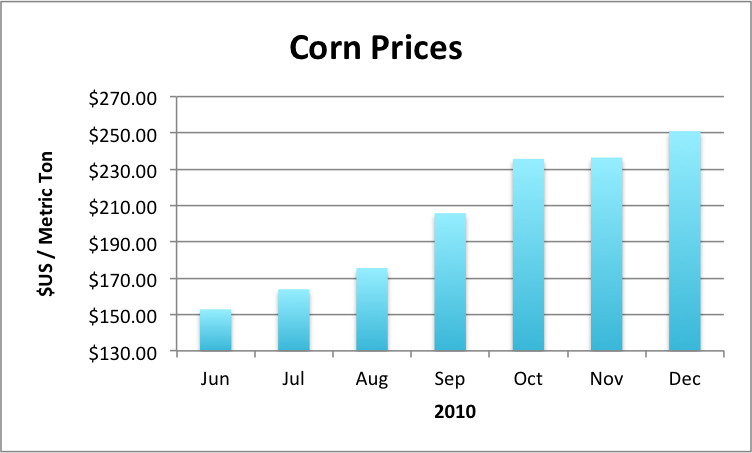 That doesn't mean the food we eat is getting bigger, but the price we will be paying for it will be.
That doesn't mean the food we eat is getting bigger, but the price we will be paying for it will be.
Okay, a single sentence about elementary economics: when the price of an item goes up, it can receive pressure from two sides: the supply of that item, or the demand of that item. Unfortunately, in the case of food, the pressure is coming from both sides. You know what it's like to be pulled in different directions. Well, that is exactly what's happening with our food (even before it's prepared.)
With an ever-expanding world population there are more mouths to feed. Also, keep in mind that the population of both China and India is increasing their standard of living, so that means they're demanding more foods like the ones we consume, putting even more pressure on the demand side. Now, combine all that with urban sprawl in the United States, and that makes less farmland on which to grow all the food we, and the rest of the world wants to consume, which puts pressure on the supply side.
 All that said, corn prices have increased over 60% from June of 2010. So, you say, "Okay, I just won't buy corn anymore for dinner." Not so fast, clever one. Farmers use corn a lot. I mean a lot. Cows eat corn. So, with the increase in the price of corn, we see the increase in other food items such as meat and poultry. Okay, so now what are you going to eat?
All that said, corn prices have increased over 60% from June of 2010. So, you say, "Okay, I just won't buy corn anymore for dinner." Not so fast, clever one. Farmers use corn a lot. I mean a lot. Cows eat corn. So, with the increase in the price of corn, we see the increase in other food items such as meat and poultry. Okay, so now what are you going to eat?
If the price of food goes up, that means less money for other items. A budget is a great way to see how best to prioritize your spending. When you see where your money is going, it's easy to find the unnecessary things and cut them out so you'll have money for other items. What are some of the things you're spending your money on that you can cut out? You don't know? Then, it's budget time!
